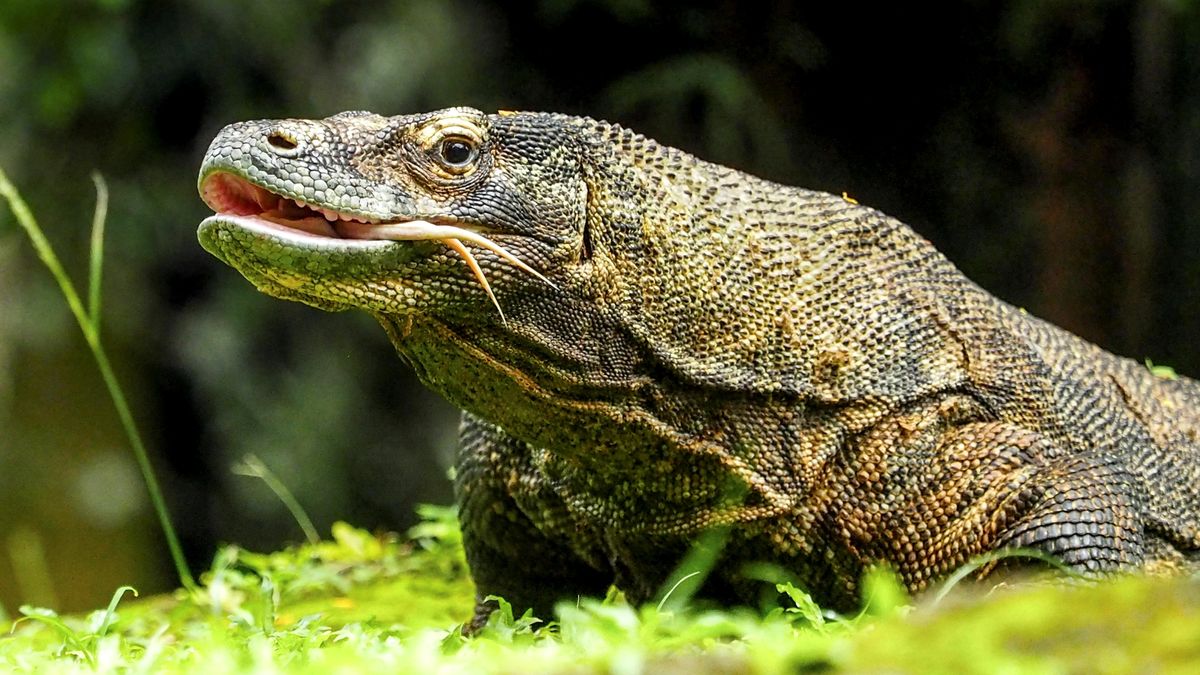
Lizards are some of the most fascinating creatures on Earth. With over 6,000 species, these reptiles can be found in almost every corner of the globe. Did you know that some lizards can detach their tails to escape predators? Or that the Komodo dragon, the largest lizard, can grow up to 10 feet long? Lizards come in all shapes and sizes, from the tiny gecko to the massive monitor lizard. They have unique abilities like changing colors, walking on walls, and even gliding through the air. Curious about what they eat, how they communicate, or where they live? Read on to uncover 26 amazing facts about these incredible reptiles!
Lizard Diversity
Lizards are fascinating creatures found in various environments around the world. Their diversity is astounding, with each species having unique characteristics.
- There are over 6,000 species of lizards worldwide.
- Lizards inhabit every continent except Antarctica.
- The smallest lizard, the Jaragua Sphaero, measures just 16 millimeters.
- The largest lizard, the Komodo dragon, can grow up to 10 feet long.
- Some lizards, like the chameleon, can change color to blend into their surroundings.
Lizard Anatomy
Lizards have unique anatomical features that help them survive in their environments. From their skin to their tails, each part plays a crucial role.
- Lizards have a third eye, called the parietal eye, which helps them detect light and dark.
- Most lizards can detach their tails to escape predators, a process known as autotomy.
- Some lizards, like the gecko, have specialized toe pads that allow them to climb smooth surfaces.
- Lizards have a keen sense of smell, which they use to find food and mates.
- Many lizards have a Jacobson's organ, which helps them detect pheromones.
Lizard Behavior
Lizards exhibit a wide range of behaviors, from hunting techniques to social interactions. Understanding these behaviors can give insight into their daily lives.
- Some lizards, like the bearded dragon, communicate through body language, such as head bobbing and arm waving.
- Lizards are ectothermic, meaning they rely on external heat sources to regulate their body temperature.
- Many lizards are territorial and will defend their territory from intruders.
- Some lizards, like the anole, can change their skin color to communicate with other lizards.
- Lizards often bask in the sun to raise their body temperature.
Lizard Diet
Lizards have varied diets depending on their species and habitat. Their feeding habits are adapted to their environment and available resources.
- Most lizards are insectivores, feeding on insects and other small invertebrates.
- Some lizards, like the iguana, are herbivores and eat plants, fruits, and flowers.
- The Komodo dragon is a carnivore and can take down large prey, including deer and water buffalo.
- Some lizards, like the skink, have a varied diet that includes both plants and animals.
- Lizards use their tongues to capture and taste their food.
Lizard Reproduction
Lizard reproduction varies widely among species, with different methods of mating and caring for their young.
- Most lizards lay eggs, but some, like the blue-tongued skink, give birth to live young.
- Some lizards, like the gecko, can reproduce through parthenogenesis, where females produce offspring without mating.
- Lizard eggs can take anywhere from a few weeks to several months to hatch, depending on the species.
- Male lizards often display bright colors and perform elaborate courtship rituals to attract females.
- Some lizards, like the monitor lizard, build nests to protect their eggs.
Lizard Conservation
Lizards face various threats in the wild, from habitat loss to climate change. Conservation efforts are crucial to protect these unique creatures.
- Many lizard species are endangered due to habitat destruction and climate change.
Lizard Facts: A Quick Recap
Lizards are fascinating creatures with unique traits. From their ability to regenerate tails to their color-changing skills, they never cease to amaze. These reptiles have been around for millions of years, adapting to various environments. Some can glide through the air, while others can run on water. Their diet varies widely, including insects, plants, and even small animals. Lizards play a crucial role in their ecosystems, helping control insect populations and serving as prey for larger animals.
Understanding these remarkable reptiles can deepen our appreciation for the natural world. Whether you're a budding herpetologist or just curious, there's always more to learn about lizards. Keep exploring, and you'll uncover even more incredible facts about these scaly wonders. So next time you spot a lizard, take a moment to appreciate its unique place in nature.
Was this page helpful?
Our commitment to delivering trustworthy and engaging content is at the heart of what we do. Each fact on our site is contributed by real users like you, bringing a wealth of diverse insights and information. To ensure the highest standards of accuracy and reliability, our dedicated editors meticulously review each submission. This process guarantees that the facts we share are not only fascinating but also credible. Trust in our commitment to quality and authenticity as you explore and learn with us.
